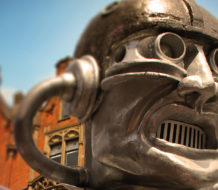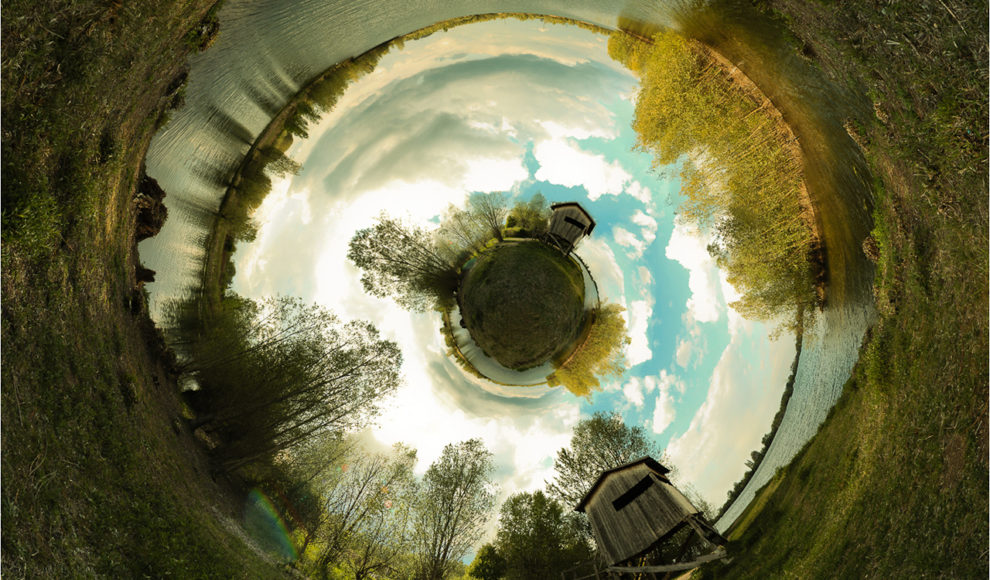The multiverse—the idea that there are an infinite number of other universes out there besides our own—strikes many as not only odd, but also exceptionally modern, arising from contemporary physics. But in fact, the notion that there are many worlds besides ours is ancient, stretching back at least 2,500 years. Although the multiverse is never postulated as such in the writings of early thinkers, it’s an implication of efforts to solve some other problem, be it metaphysical, theological or scientific.
Here are some early precursors that may surprise you.
Ancient Multiverses
The earliest hints of the multiverse are found in two ancient Greek schools of thought, the Atomists and the Stoics. The Atomists, whose philosophy dates to the fifth century B.C., argued that that the order and beauty of our world was the accidental product of atoms colliding in an infinite void. The atomic collisions also give rise to an endless number of other, parallel worlds less perfect than our own.
Unlike the Atomists, who described reality without recourse to a divine being, the Stoics saw the cosmos to be imbued with an eternal, indestructible soul. But how to explain the apparent change and destruction we see? The universe recycles itself anew. According to third-century B.C. stoic philosopher Chrysippus of Soli, the world would eventually deteriorate into a sort of ethereal nothingness, but then regenerate again into material form, only for the cycle to repeat itself ad infinitum.
Get BQO by E-mail
ESSAYS
-

What Is Moral Injury?
-

What Does It Mean to Have Free Will?
-

Should We Fear Robots?
-

Do We Need Purposes in Biology?






